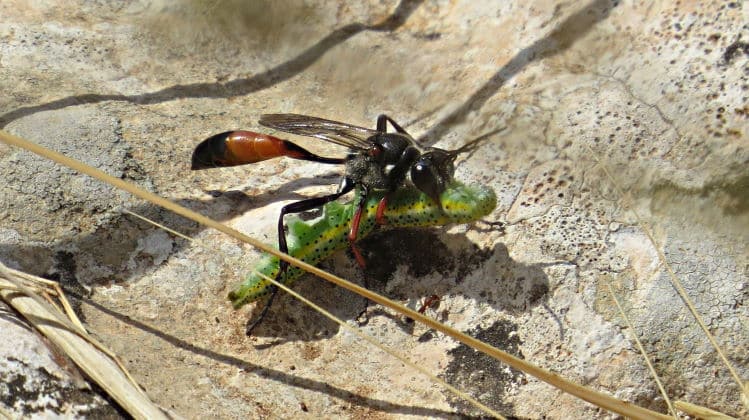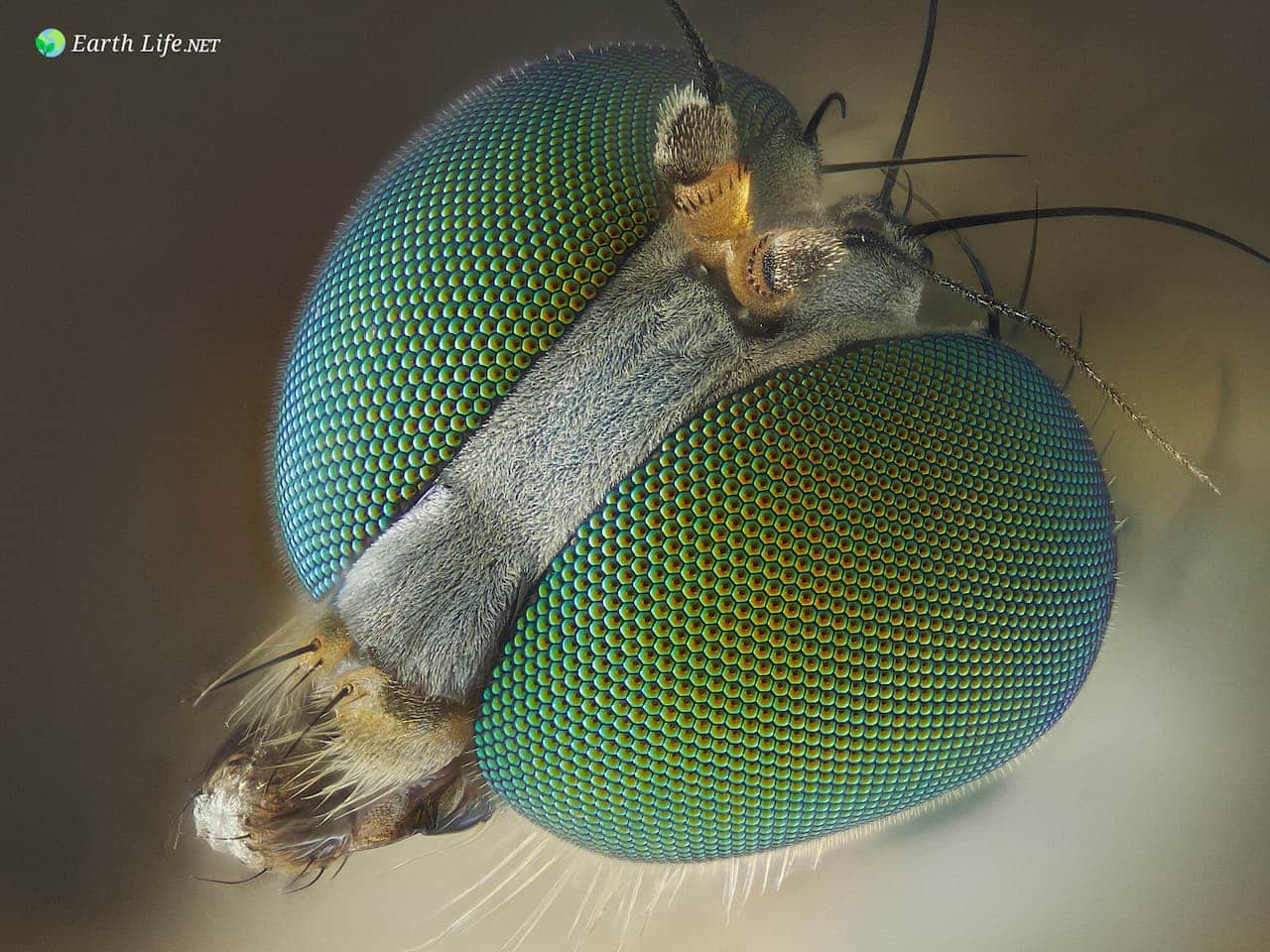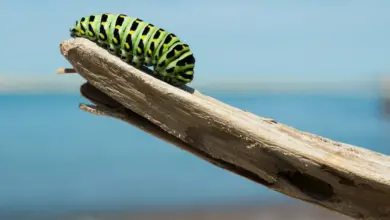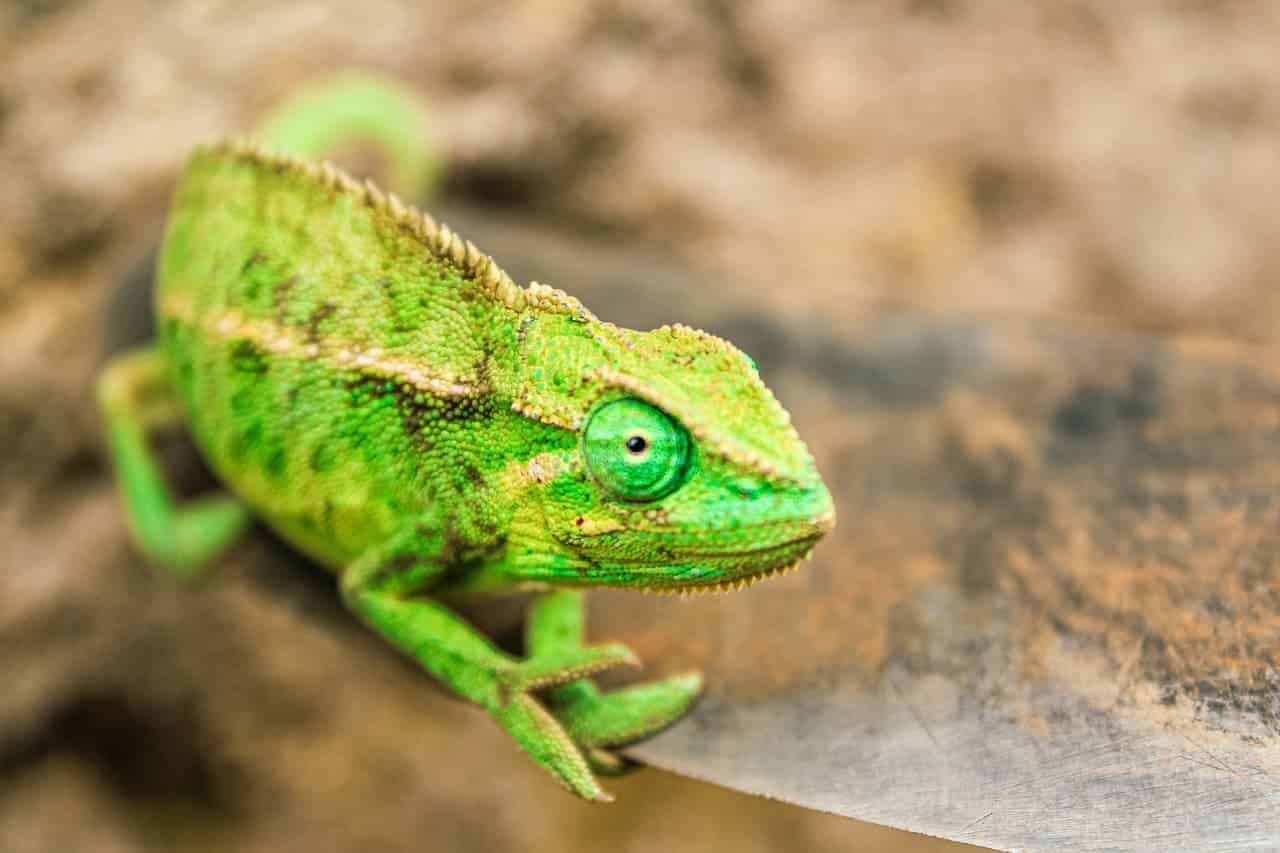How Long Do Crickets Live?
How Long Do Crickets Live For?
We share our planet with over 2,000 species of cricket.
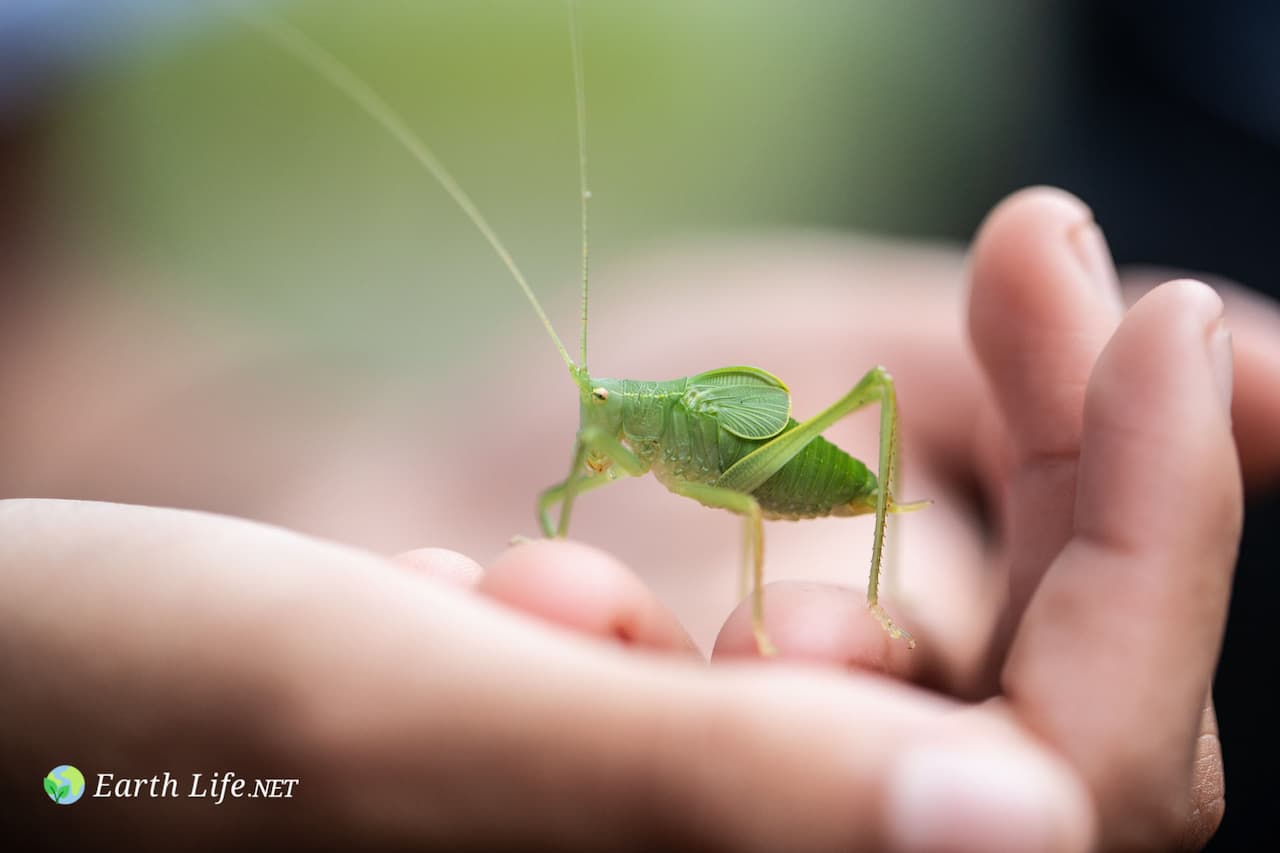
With so many species, it is hard to give an exact life expectancy.
Some species live for just a few weeks, others species can survive for years.
So, how long do crickets live?
Read on to discover more about the lifespan and cycle of a cricket.
Life Expectancy of a Cricket
Many crickets live for 90 days, give or take.
However, crickets are pretty low down on the food chain, and predation rates are high.
Couple high predation, with unfavorable environmental conditions, and most crickets will be lucky to survive just a few weeks.
Have you ever wondered why crickets chirp so much?
They’re in a hurry to mate!
Life Cycle of a Cricket
Crickets go through incomplete metamorphosis. They have 3 life stages: egg, nymph, and adult.
But before we get to the lifecycle, let’s explore the stage that makes it all happen. Courtship.
Male crickets chirp loudly, and repetitively, throughout the night. They are advertising to females.
By rubbing their wings together, male crickets send signals of their location to receptive females. The louder the call, the bigger the male. The bigger the male, the more irresistible the male. Simple cricket logic.
Once a female has selected her male mate, the male transfers a large spermatophore (sperm encased in a protein-rich capsule) on the abdomen of the female.
The female proceeds to consume the spermatophore, including the males ejaculate.
And voila, the sperm fertilizes the female eggs.
Which leads us nicely onto the egg itself.
Eggs
A female cricket is capable of laying clutches of between 50 – 100 eggs every couple of days for 2 – 3 months. It doesn’t take a mathematician to work out that that’s a lot of eggs!
During this timeframe, the female may mate with multiple males to replenish the sperm reserves.
The female cricket uses a rear, needle-like appendage, known as an ovipositor, to lay her eggs into damp soil.
Cricket eggs are small and soft, no larger than a grain of rice.
Under the right conditions, it takes around 10 – 14 days for the developing eggs to hatch into nymphs. However, nature rarely exhibits perfect conditions, and egg development can take considerably longer.
In some species, the eggs slowly develop over the winter period.
Nymphs
Environmental conditions play an important factor in the emergence of cricket nymphs. Nymphs normally hatch from eggs in late spring or early summer, when temperatures are warmer and food is plentiful.
Nymphs are almost identical to mature adults.
The only distinguishable differences between a nymph and an adult is that nymphs lack wings and are considerably smaller. They also lack reproductive organs.
The cricket nymphs grow exponentially, feeding off a wide variety of organic materials. In great numbers, they can damage crops and grass.
Cricket nymphs, like other insects, have an exoskeleton. The exoskeleton cannot grow with the nymphs body and so the young cricket will go through a series of molts as they increase in size.
Did you Know?
Cricket nymphs are referred to as instars during the time between each molt.
Adult Lifespan
The cycle repeats itself when nymphs turn into adults.
Cricket adults continue to feed ferociously as adults, but they also have other intentions: mating.
Males chirp and females choose a worthy male.
Crickets normally survive just a couple of months. They either fall victim to hungry predators, or die from the cold of fall and winter.
However, for those crickets that find some place warm, such as your house, they can survive for a couple of years.
As with any animal group, there are always exceptions to the rules.
The giant weta, a species of giant cricket-like insect, is endemic to New Zealand. Their average lifespan is approximately 2 years, and can even survive the frigid winter months.
This is possible due to a certain protein found in their hemolymph, which acts almost like an antifreeze, and prevents the weta from freezing entirely.
Crickets in Captivity
Crickets are relatively easy to keep in captivity.
You can either bulk buy crickets or breed your own.
Conditions must be just right for crickets to thrive. This means their living space needs to be warm. Not too hot and not too cold. Goldilocks.
Aim for a temperature of around 80°F. this can be achieved by using a lamp or heater.
As with any animal, crickets too need food and water. This should be prepared on separate, shallow dishes.
You can opt to use a breeding dish, filled with pesticide-free soil. Ensure the soil is damp. This will promote cricket mating and laying of eggs.
Check the substrate for any signs of eggs. A female will typically lay her clutch just below the soil surface.
When eggs have been identified in the breeding dish, remove from the main container and keep developing eggs separate. It is not unusual for adult crickets to eat eggs of other crickets.
Earlier in the article, I mentioned it takes around 10 – 14 days for eggs to hatch under perfect conditions. Well, if you’ve set everything correctly, you may discover cricket nymphs within this timeframe.
In optimal conditions, with the correct requirements, captive crickets may live for a couple of years (unless you feed them to any pets).
What Does a Cricket Turn Into?
Unlike insects that undergo complete metamorphosis, crickets resemble each other in both their young and mature growth phases
Crickets have no larval stage, and therefore go through no drastic morphological or physiological changes.
They do not change in or turn into anything else. However, as nymphs mature, they develop wings and reproductive organs.
Conclusion
Crickets typically live for around 90 days. Some can live longer, others have shorter lifespans.
Factors that influence the lifespan of a cricket include predation and external temperatures.
Crickets can be kept in captivity. Under optimal conditions, captive crickets can live for years. Their eggs hatch in under two weeks.
References
- ScienceDaily, University of Bristol, April 2012
- BioOne Complete, J. of Orthoptera Research, Dec 2008.

Jack is a zoologist and author from the UK. After graduating from university, he moved to Costa Rica to study sea turtle nesting behavior. He quickly fell in love with the country and soon began to work at a rescue center for native Costa Rican wildlife. He specializes in human-wildlife conflicts and how humans can sustainably coexist with nature. He has rescued and raised orphaned monkeys, sloths, and coatis.
Disclaimer
Earthlife.net does not provide medical advice. We do our best to help users understand the science behind living beings; however, the content in the articles and on the website is not intended to substitute for consultation with a qualified expert. By interacting with the website and/or our email service, you agree to our disclaimer. Remember that you must consult a specialist before using any of the products or advice on the web.

